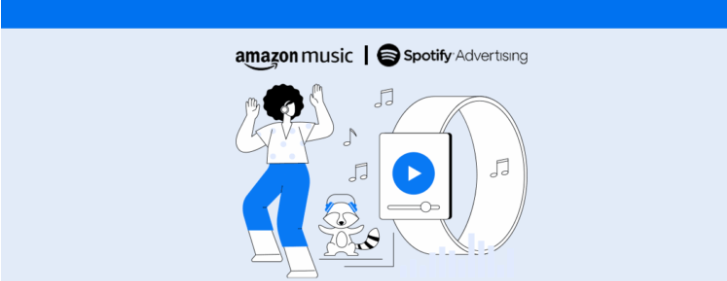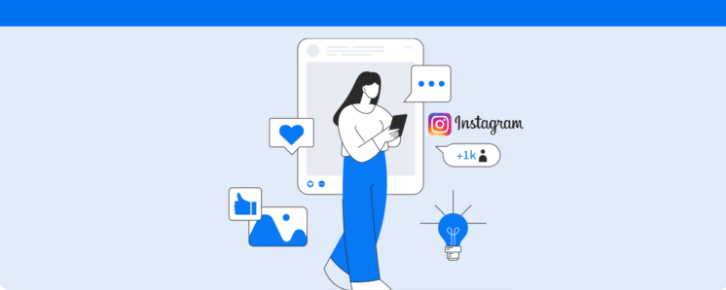Discover how a sales dashboard facilitates decision-making in your business
Tracking sales performance is a basic and essential step for the success of any business. However, to make this step quicker and more effective, many rely on tools like the sales dashboard.
In this article, we introduce what a sales dashboard is and 7 reasons that prove this resource is ideal for making data analysis and decision-making simpler. Stay with us!
What is a sales dashboard?
In a direct translation, the English word “dashboard” means “control panel.” Thus, a sales dashboard is nothing more than a panel where you can monitor and control your company’s commercial operations.
Through this resource, available on platforms such as CRM (Client Relationship Management), you can quickly and simply access key indicators that inform how your sales performance is doing.
Typically, metrics, charts, and comparisons between periods are used, prioritizing ease of visualization and, consequently, interpretation.
The goal is for the sales dashboard to be updated regularly and, preferably, automatically, so the responsible team can identify potential problems, solutions, or patterns that help improve the company’s performance.
Thus, managers avoid “guesswork” and make more effective decisions based on real data, taking into account the company’s results, history, and development possibilities.
7 Benefits of the Sales Dashboard
From the summary above, it’s clear that a sales dashboard makes a big difference in the daily life of a business, isn’t it? But there are numerous reasons, beyond those mentioned above, for you to adopt one.
Below, we list the 7 main benefits of this tool. Check them out!
Updating and Monitoring Indicators
As you know, for your business to thrive, it’s necessary to have frequent monitoring of key performance indicators or KPIs (Key Performance Indicators) for sales.
These metrics, defined as crucial for the success of your commercial actions, will allow you to know whether you are achieving good results or not and define the necessary solutions to achieve the best performance.
Thus, a sales dashboard enables these KPIs to be updated more swiftly and consolidatedly reach the manager, making monitoring goals and objectives much simpler.
Centralization of Information
Another point that also stands out in sales dashboards is the centralization of information, as you have everything you need in one place.
Therefore, the decision-maker can dedicate themselves to analyzing the information and making decisions from a single location, instead of spending a great amount of time searching for isolated data from each salesperson’s performance.
Quicker Decision-Making
If the sales manager has access to the dashboard and can direct their time to analyses, it means they will more easily identify errors or successes and, consequently, will be able to make quicker decisions to improve their results and achieve their goals.
Moreover, the process is also sped up by the fact that dashboards are visually structured to aid in reading the information (with charts and comparisons between the data), always prioritizing the metrics that really make sense for the business.
Identification of Patterns and Trends
When used for comparison between periods from the same or other years, the sales dashboard helps identify patterns and trends related to your commercial results over time.
With this, it’s possible to discover which months have lower performance and plan sales actions, such as discounts and special payment conditions, to try to counter the difficulties presented by these periods of scarcity.
Easier Communication Between Teams and Managers
If all the salespeople have access to the CRM and update the status of their sales daily, there is greater ease of monitoring by the management of that sector and other leaderships.
In this way, both decision-makers and the team are on the same page. Moreover, it becomes easier to pass information to other teams as well, like marketing, to provide more strategic insights for all actions in the customer’s purchase journey.
Optimization of Sales Processes
When we analyze the benefits of the sales funnel dashboard for the alignment between marketing and sales teams, it’s clear that it is an important resource for optimizing the entire process up to the closing of the business.
The correct evaluation of KPIs allows the sales team to signal to marketing what their needs and problems are. Thus, it’s possible to swiftly investigate where the difficulties are at each stage of the funnel and find solutions together.
Increased Productivity
Seeing all the six benefits above, we cannot help but list the increase in productivity as one of the biggest advantages of using a sales dashboard, can we?
After all, with quicker decision-making, easier communication, and process optimization, among other actions that can be performed more practically, it means that the team becomes more productive and can closely monitor the results of their efforts.
When the company does not offer tools that facilitate the negotiation development and the analysis of data related to them, it’s normal for everyone to feel more lost regarding their mistakes and take longer to find simple solutions.
Liked learning about the 7 benefits of using a sales dashboard? Then be sure to also check out our articles on “Dashboard for Social Media: What It Is and 5 Advantages of Using It” and “Digital Marketing Dashboard in Excel: 7 Reasons Not to Use It.”
Reportei’s Dashboard
Did you know that besides reports, Reportei also has a Digital Marketing and Inbound Marketing Indicators Dashboard?
Besides the analyses you already find in our reports, Reportei’s dashboards allow you to switch analysis and comparison periods without needing to create a new document for each new campaign or moment you want to analyze. Thus, making your analyses more agile and dynamic, optimizing not only data capture but also the productivity of the project.
Moreover, you also have the freedom to choose which integrations and metrics will be part of your sales dashboard.
How to Create a Sales Dashboard on Reportei
Access your account and select the client for whom you will create your dashboard. There you will find a tab with the project dashboards. Just click on “New dashboard” and follow the steps below:
- Define the template of your report. You can choose between Reportei’s standardized models or the ones you created and saved;
- Then, choose the analysis and comparison period for the dashboard (you can change it as many times as you want afterward);
- Finally, select the networks you want to analyze. In the case of Ads accounts, there is the option to import data from all channels or by campaigns.
After that, just continue and wait a few seconds to access Reportei’s dashboard.
Create Efficient Sales Dashboards in Seconds
Through Reportei, it’s possible to capture in a few seconds the complete data from different channels, covering the bottom, middle, and top of the funnel.
In this way, the team and the client have an integrated view of all actions, with templates that can be customized to meet the project’s needs and highlight the most relevant metrics. Moreover, you can record all your analyses right on the dashboard created automatically, whether through text, images, or videos.
Try a free 3-day trial and see how Reportei can assist in more strategic analyses of digital marketing reports!



